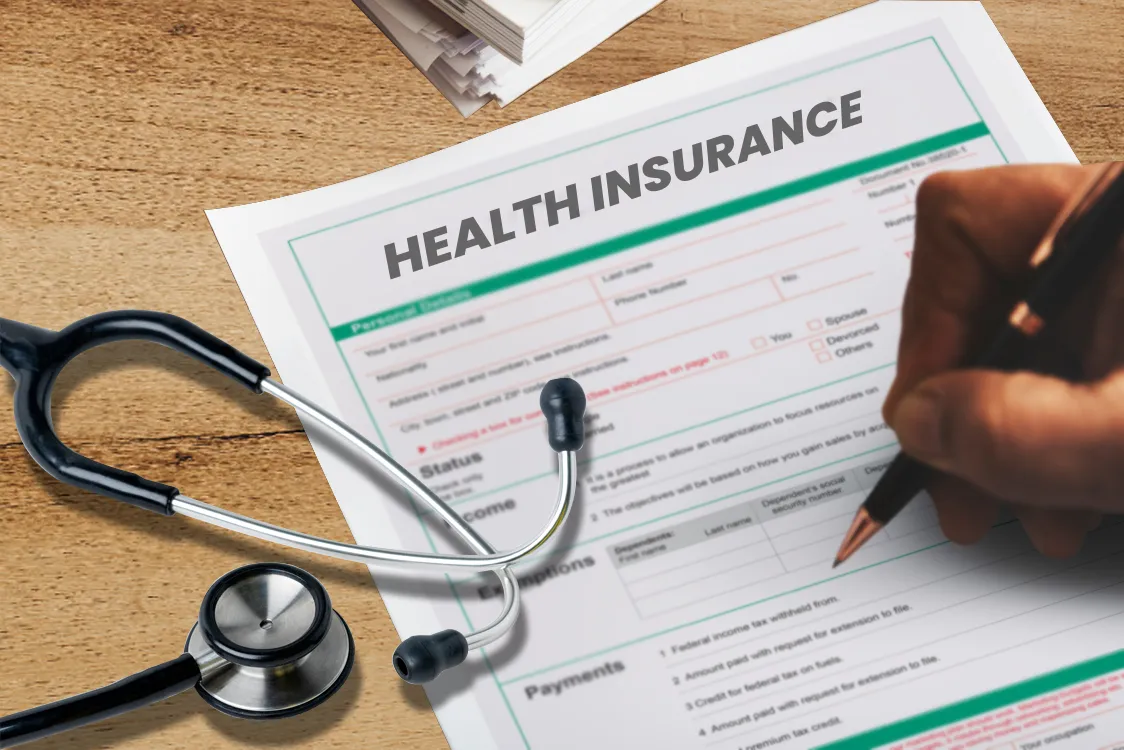While the pandemic has re-emphasized the necessity of having a health insurance policy, the nature of the policy consumers now want is quite advanced. After the implementation of COVID-19, consumers are more likely to choose a comprehensive plan that includes coverage for OPD (Out Patient Department) costs.
The COVID-19 pandemic has caused significant global events in several different ways. It has completely altered how people think about their health, finances, work preferences, and even how they want to live their lives. During the COVID period, significant changes occurred in every industry, and the insurance industry is no exception. Even the consumer has changed because of the many ways in which their preferences have changed.
While the pandemic has reemphasized the necessity of having a health insurance policy, the nature of the policy consumers now want is quite advanced. According to market trends, consumers no longer prefer the standard insurance policy that only pays for hospitalization. After the implementation of COVID-19, they are more likely to choose a comprehensive plan that includes coverage for OPD (Out Patient Department) costs. OPD costs are incurred when a patient receives treatment and a diagnosis while visiting a hospital’s clinic or consultation room without actually being admitted.
A rise in the need for OPD coverage
According to data from Policybazaar, this trend is accelerating as nearly 15% of customers are now purchasing OPD coverage in addition to health insurance. Before, this number was zero. One might wonder why that is. This is because, while a typical health insurance policy covers medical care costs in the event of hospitalization, it typically does not cover costs associated with medical care that does not involve the patient being hospitalized. According to industry data, OPD accounts for more than 70% of healthcare costs. And the majority of people typically pay for this out of pocket.
Additionally, before now, OPD expenses were not covered by health insurance policies. This meant that even though a person had health insurance, they still had to pay out of pocket for things like doctor visits, prescription drugs, tests, and checkups.
Additionally, according to several reports, the COVID-19 treatment’s out-of-pocket costs ranged from 30 to 50 percent of the overall cost. The consumer’s increased awareness of these costs and the desire for health insurance that includes them is only natural.
Coverage for in-person consultations versus only digital OPD
The data from Policybazaar points to the following intriguing trends:
- Consumers tend to prefer OPD coverage that includes a “physical component” as well. Customers believe that is a better option than just “digital OPD,” which only covers doctor consultations conducted online and not in-person.
- While more people are currently choosing OPD cover in tier-1 and tier-2 cities, this trend is slowly gaining traction in tier-3 cities and beyond.
- In addition, most policyholders favor cashless payment methods, which allow them to submit claims without paying anything upfront. Instead, they can choose the more straightforward cashless option.
- In a gender comparison, men make up about 80% of all consumers who chose the OPD cover.
- Those policyholders who choose a higher sum insured also prefer choosing an OPD cover. According to the currently available information, 30% of all insurance buyers choose a health insurance plan with a $1,000,000 benefit.
- Of these customers, 30% decide to purchase an OPD cover. The majority of customers who choose the OPD add-on cover use the amount insured to pay for costs associated with doctor consultations, diagnostics, and pharmacy expenses. The data clearly shows that OPD cover is becoming more and more popular with consumers nationwide.
Costs frequently covered by OPD health insurance include:
Regular health insurance policies do not cover a doctor’s consultation fee when a patient visits on occasion to seek advice from a physician. However, if you choose the OPD add-on, you guarantee that your policy will cover this cost. Given that doctor visits are likely to be frequent in family plans protecting children, this add-on is beneficial in those situations.
Diagnostic procedures: whether or not you receive a diagnosis, an OPD add-on also pays for the cost of diagnostic tests. This is true as long as your doctor has recommended the tests.
Pharmacy costs: although they can add up quickly, pharmacy costs for prescribed medications are not typically covered by a standard health insurance plan. Your policy covers even these costs if you have an OPD cover.
Dental procedures and other aids: typical health insurance policies do not cover dental procedures like root canal therapy, fillings, and tooth extraction. However, suppose you choose OPD add-on coverage; in that case, you are protected from the costs associated with such procedures, and even the cost of dentures is covered up to a predetermined limit. In fact, the cost of eyewear, including contact lenses, eyeglasses, and hearing aids, is covered up to a certain amount.
A comprehensive OPD cover is highly beneficial and protects you from everything from a simple fever to intricate daycare procedures. Additionally, it reimburses you for those expensive prescription costs and diagnostic exams. These medical costs can add up quickly over time, resulting in a sizable financial setback if an OPD cover is not obtained. Many consumers have already realized that it is a must-have add-on for today.




